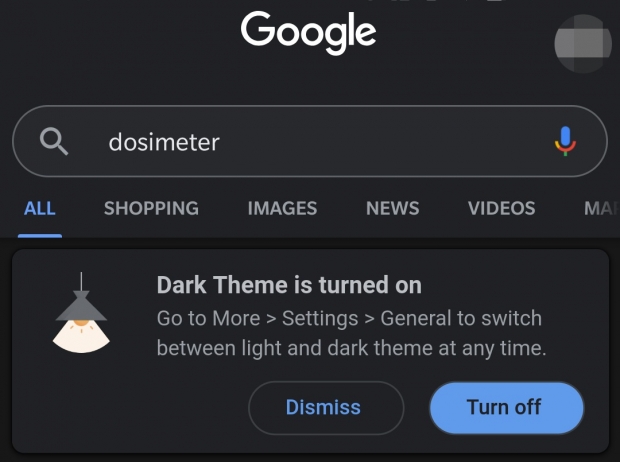Cosima Piepenbrock and her colleagues at the Institut für Experimentelle Psychologie in Düsseldorf, Germany studied two groups of adults with normal (or corrected-to-normal) vision: young adults (18 to 33 years old) and older adults (60 to 85 years old). None of the participants suffered from any eye diseases (e.g., cataract). Their results showed that light mode won across all dimensions: irrespective of age, the positive contrast polarity was better for both visual-acuity tasks and for proofreading tasks.
The study mirrors another published in the journal Human Factors by the same research group, looked at how text size interacts with contrast polarity in a proofreading task.
It found that the positive-polarity advantage increased linearly as the font size was decreased: namely, the smaller the font, the better it is for users to see the text in light mode. Interestingly, even though their performance was better in light mode.
What is funny is that users in the study did not report any difference in their perception of text readability (e.g., their ability to focus on text) in light versus dark mode. They just thought it looked cool and made no difference.
While dark mode may present some advantages for some low-vision users — in particular, those with cloudy ocular media such as cataract, the research evidence points in the direction of an advantage of positive polarity for normal-vision users.
However users with normal vision, light mode leads to better performance most of the time.
These findings are best explained by the fact that, with positive contrast polarity, there is more overall light and so the pupil contracts more. As a result, there are fewer spherical aberrations, greater depth of field, and overall better ability to focus on details without tiring the eyes.




